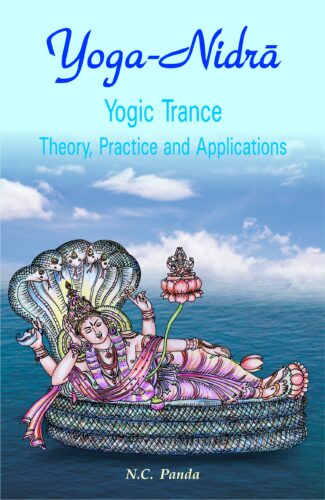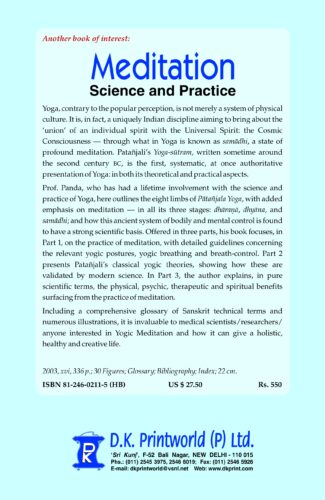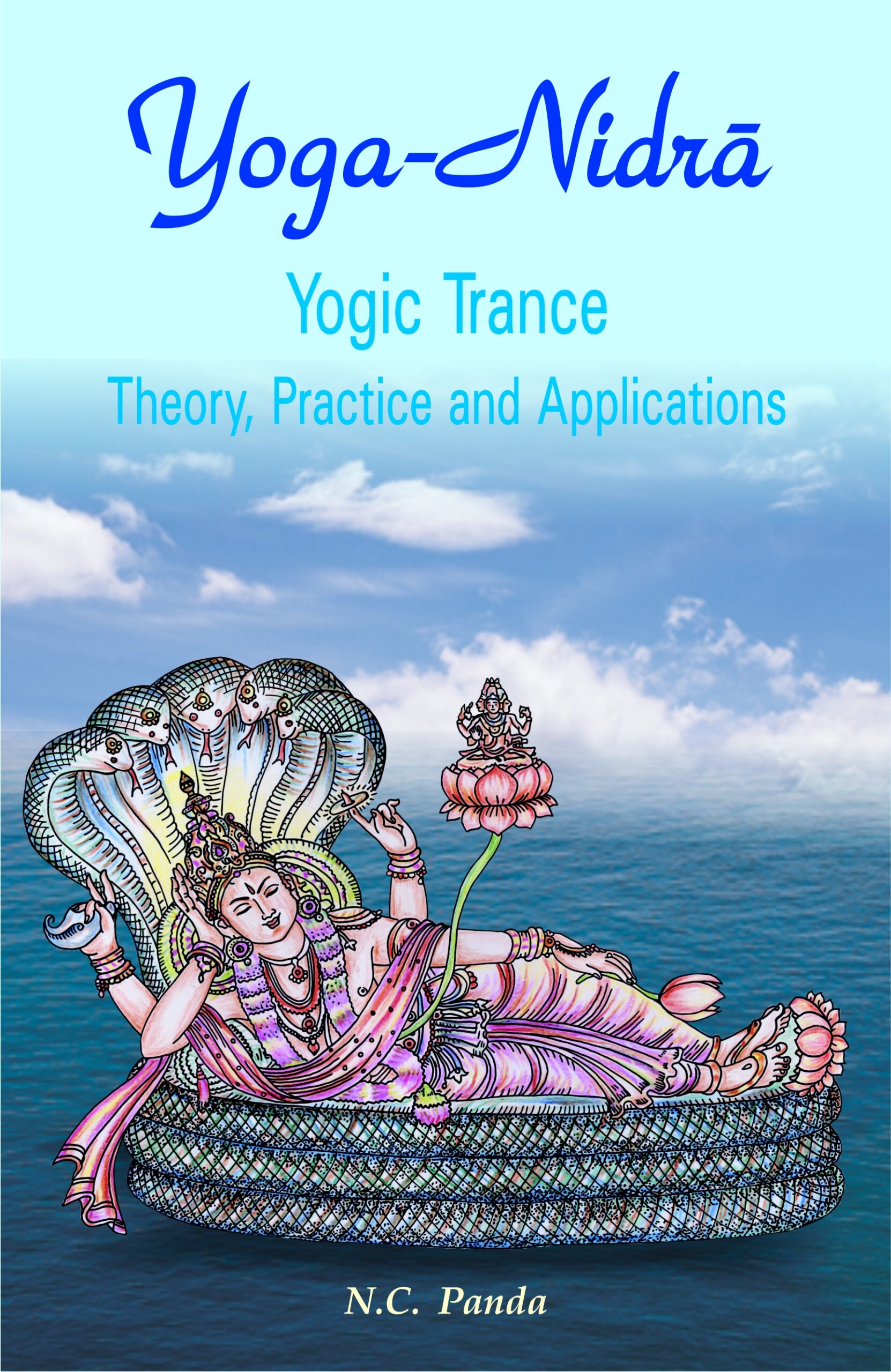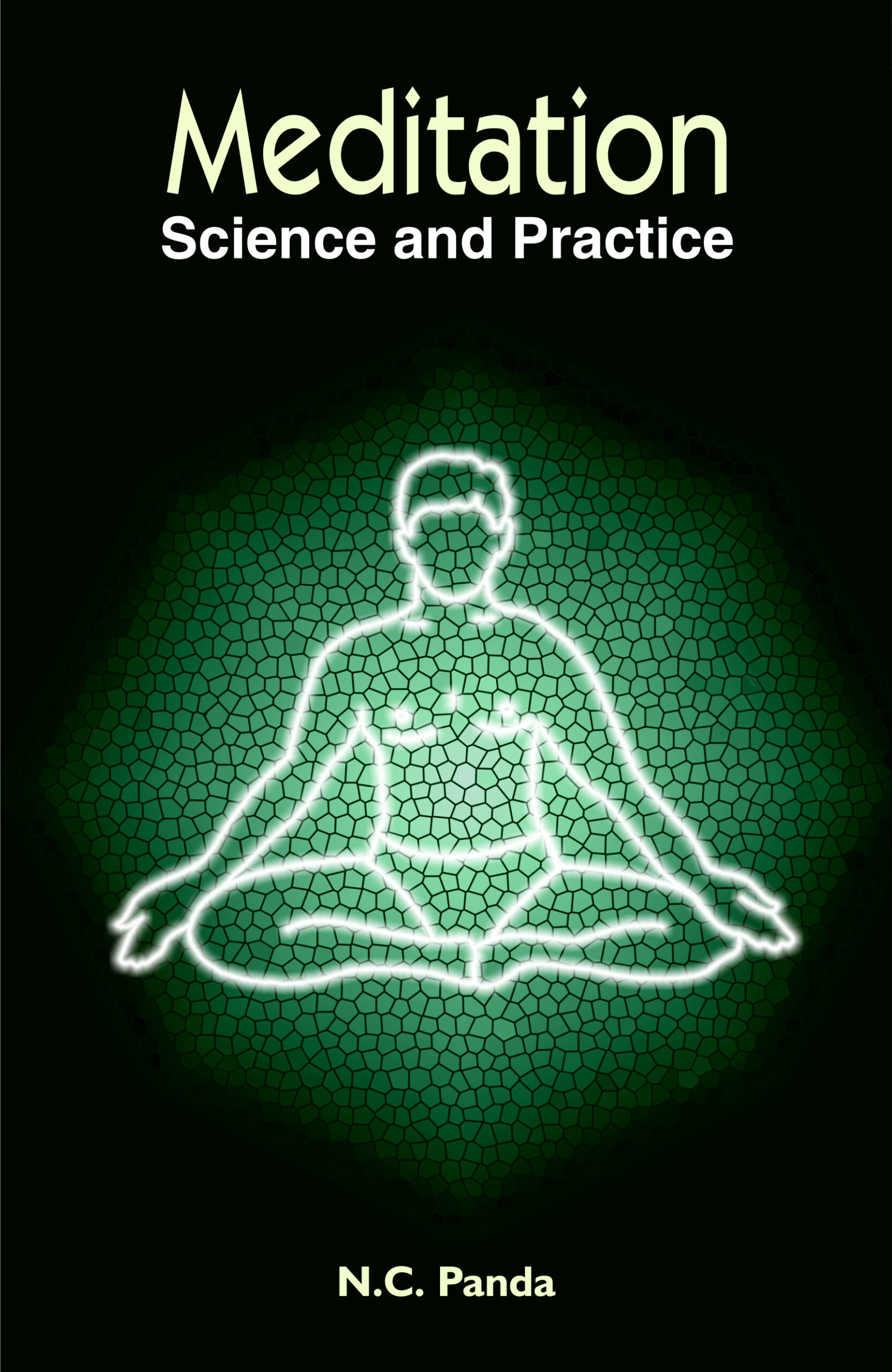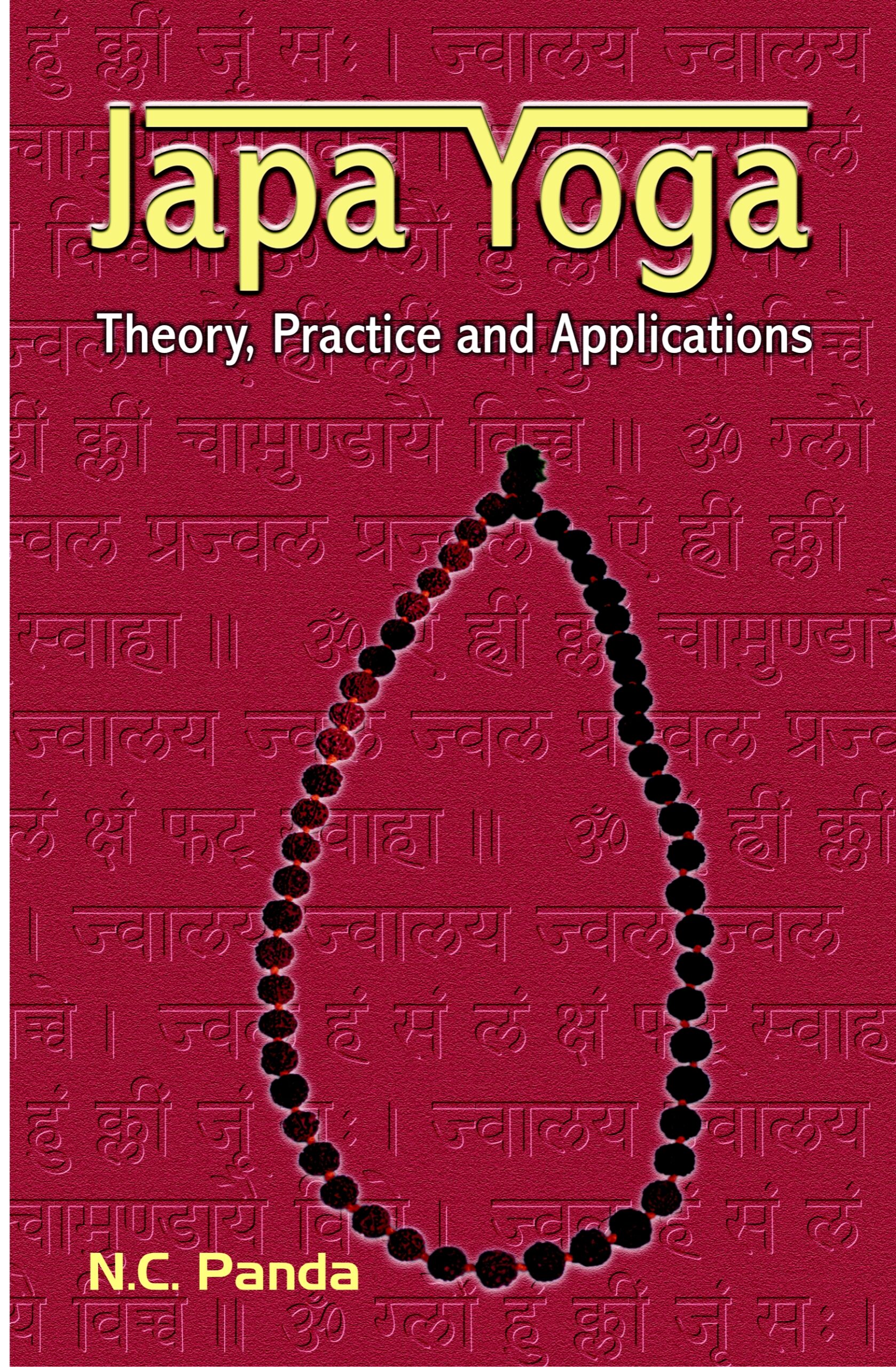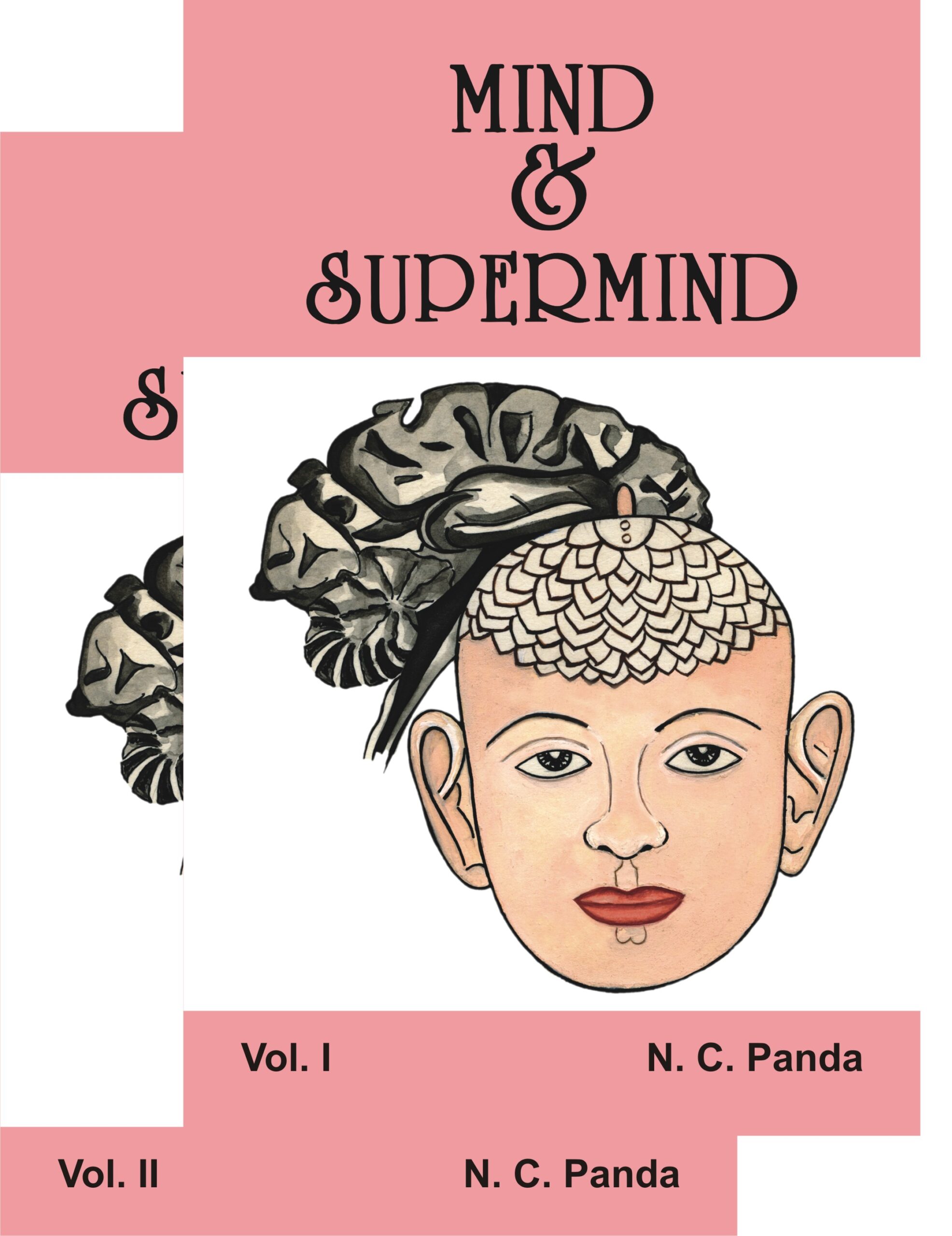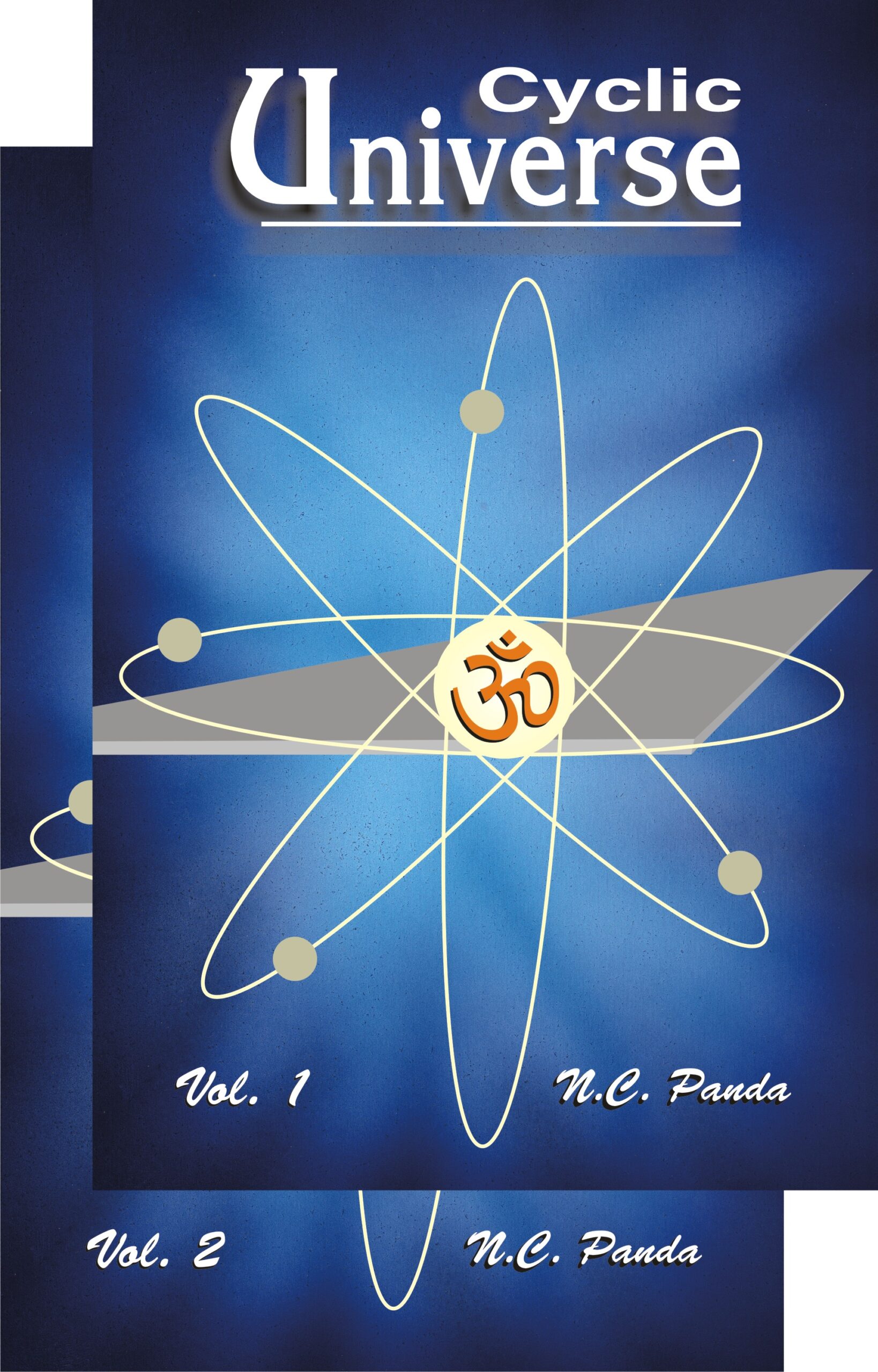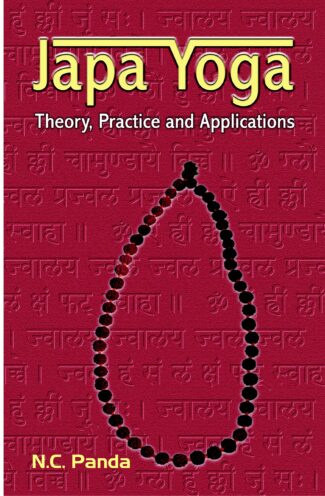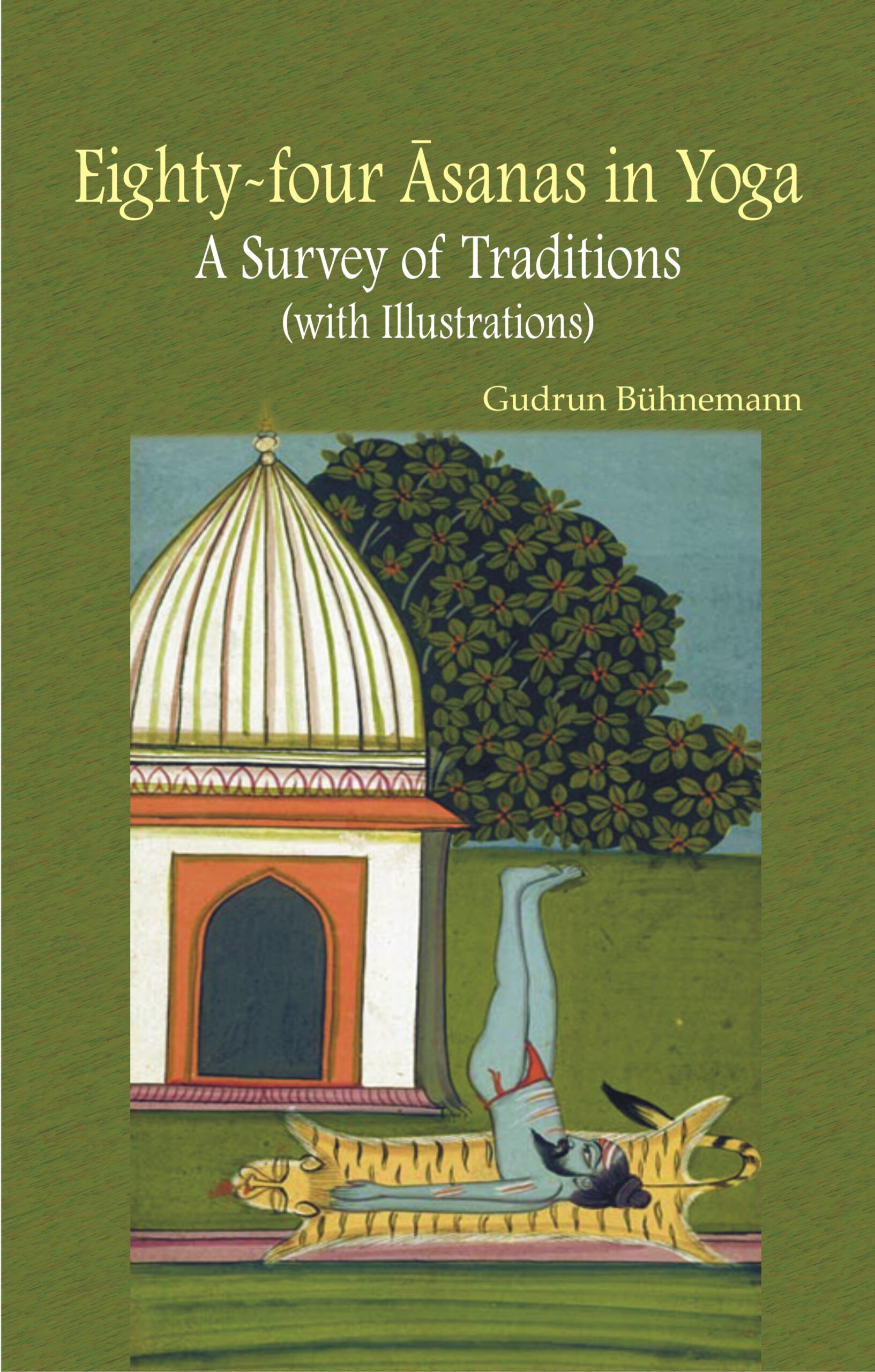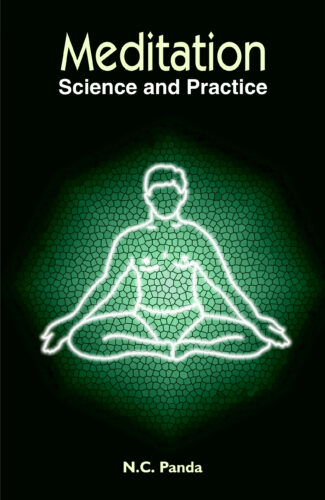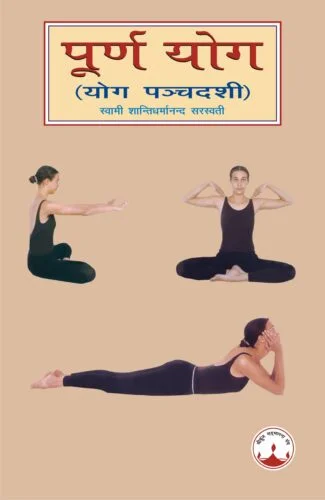

Yoga Nidra — Yogic...
Yoga Nidra — Yogic Trance (PB)
Theory, Practice and Applications by: N.C. PandaDr. N. C. Panda examines yoga-nidra as a scientific discipline the theory, its psychological basis, its techniques and applications to reveal its significance as a means of strengthening the bodys immune system and preventing and curing diseases and regulating ones life patterns. It involves comparative analyses like that of yogic trance and hypnotic trance and yoga-vedanta and Freudian psychologies.
Original price was: ₹700.00.₹630.00Current price is: ₹630.00.
ISBN: 9788124602430
Year Of Publication: 2018
Edition: 3rd
Pages : xxviii, 324
Bibliographic Details : Maps, b/w photographs, Appendices; Glossary; Bibliography; Indices
Language : English
Binding : Paperback
Publisher: D.K. Printworld Pvt. Ltd.
Size: 23 cm.
Weight: 600
Healing of body and mind through yoga is gaining immense significance at present as a world-wide science of therapy. In this context, yoga-nidra, a self-therapy technique of yoga and tantra, is important as an effective means of regulating the mind. In this volume, Dr. Panda, a noted philosopher and psychologist, yogi and tantrist, delves into the principles and practices of yoga-nidra based on materials from the tantras and Patanjali Yoga in an attempt to explain its benefits with special reference to modern medicine. The book presents yoga-nidra as a scientific discipline that is a potent means to strengthen the bodys immune system and thus to prevent and cure diseases and to regulate ones life patterns. It examines in detail the theory of yoga-nidra, going into the Indian concept of mind and personality. It establishes the psychological basis of yoga-nidra by comparing hypnotic trance and yogic trance and Freudian and Yoga-Vedanta psychologies. It then lucidly presents the techniques of yoga-nidra and deals with the applications of yoga-nidra with relation to curing of psychosomatic and other diseases of common occurrence and to solving current problems such as drug-addiction and stress-induced maladies. This well-conceived and thorough research work will prove useful to scholars of ancient Indian medical science and psychology, particularly those concerned with study of yoga vis-a-vis modern medical problems and systems. It will be of equal importance for the general readers owing to its interesting subject matter, simple style of presentation and easy adoption by the non-adepts.
Transliteration Chart
Prologue
Anknowledgements
Abbreviations
List of figures
1. THEORY OF YOGA-NIDRA
The Original Myth of Yoga-Nidra
Seers Imitation
Hypnotic Trance
The Hidden Observer
Four States of the Self
Non-Discrete States
The Whirls of the Citta and their Restraint
What is Mind ?
Consciousness
Virad or Mahat
The Evolution of Mind
The Psychic Centres in the Subtle Body
The Symbology of the Cakras
Systems Controlled by the Cakras
The Prana and the Sub-Pranas
Network of Rivers and Rivulets
Indian versus Freudian Depth Psychology
Personality in Indian Psychology
The Cause of Personality Difference
Personality Types in Western Psychology
The Sheaths : the Sites of Memory and Samskaras
Freudian Mind versus Yoga-Vedanta Mind
The Conscious and the Unconscious of Yoga-Vedanta
The Meaning of Karma in Yoga-Vedanta
Freudian Psychoanalysis
Critique of Psychoanalysis
The Psychological Basis of Yoga-Nidra
Technique for the Induction of the Yoga-Nidra State
Sankalpa (Resolve)
Nyasa as a Technique for the Shifting of Awareness
Prescriptions and Proscriptions for a Yogi
Asanas and Pranayamas Preliminary to Yoga-Nidra
2. PRACTICE OF YOGA-NIDRA
Steps preparatory to Yoga-Nidra
Prana-Sancalana Kriya
Asanas (Useful for Yoga-Nidra)
Savasana (the Corpse Pose)
Padmasana (the Lotus Pose)
Siddhasana (the Accomplished Pose)
Svastikasana (the Auspicious Pose)
Sukhasana (the Easy or comfortable Pose)
Sarvangasana (the Shoulder-Stand Pose)
Halasana (the Plough Pose)
Matsyasana (the Fish Pose)
Pascimottanasana (the Back-stretching Pose)
Bhujangasana (the Cobra or the Serpent Pose)
Salabhasana (the Locust Pose)
Vajrasana (the Thunderbolt Pose)
Naukasana (the Boat Pose)
Makarasana (the Crocodile Pose)
Surya Namaskara (Salutation to the Sun)
Pranamasana (the Prayer Pose)
Hasta-Uttanasana (the Raised Arms Pose)
Padahastasana (the Hand to Foot Pose)
Asva-Sancalanasana (the Equestrian Pose)
Parvatasana (the Mountain Pose)
Astanga Namaskara (Salute with Eight Limbs)
Bhujangasana (the Serpent Pose)
Parvatasana (the Mountain Pose)
Asva-Sancalanasana (the Equestrian Pose)
Padahastasana (the Hand to Foot Pose)
Hasta-Uttanasana (the Raised Arms Pose)
Pranamasana (the Prayer Pose)
Full Round of Surya Namaskara
Precautions
The Practice of Asanas in Order of Preference
Pranayama
Asanas for Pranayama
Mudras for Pranayama
Bandhas for Pranayama
Nadi-Sodhana Pranayama
Ujjayi Pranayama
Yoga-Nidra
Preparation (Prastuti)
Relaxation (Sithilikarana)
Resolve (Sankalpa)
External Rotation of Consciousness
(Bahirnyasa)
Internal Rotation of Consciousness (Antarnyasa)
Visuddhi Cakra
Anahata Cakra
Manipura Cakra
Svadhisthana Cakra
Muladhara Cakra
Ajna Cakra
Mental Channel Purification through Reverse Counting (Saviloma Ganana Manasika Nadi-Sodhana)
Moving Visualization of Scenarios (Kalpanika Caladdrsya-Darsanam)
Images of Faith, Reverence and Love
Familiar Trees
Familiar Flowers
Familiar Animals
Familiar Birds
Day and Night Scenario
Seasonal Scenario
Aquatic Scenario
Green Scenario
Worship and Death
Resolve (Sankalpa)
Finish (Samapti)
3. APPLICATIONS OF YOGA-NIDRA
Applications of Yoga-Nidra Categorized
Category-1: Stamping a Positive Thought
Category-2 : The Negative of a Negative Thought
Category-3 : Annihilating the Pernicious
Category-4 : Physiological Malfunctioning
Category-5 : Biochemical Abnormality
Category-6 : Correcting and Potentiating the
Category-7 : Spiritual Attainment, Finally
4. Addenda
The Tantric Nyasa
Bahirmatrka Nyasa
Antarmarka Nyasa
Glossary (of Indic terms only)
Bibliography
Index


